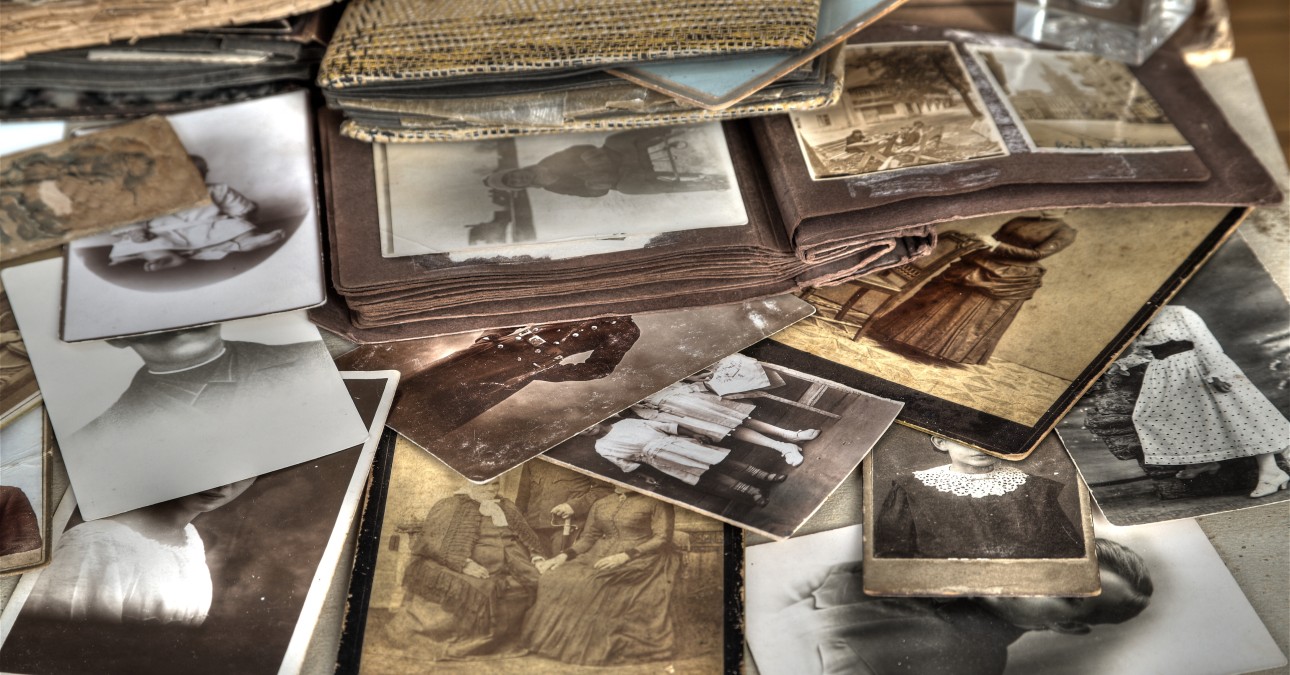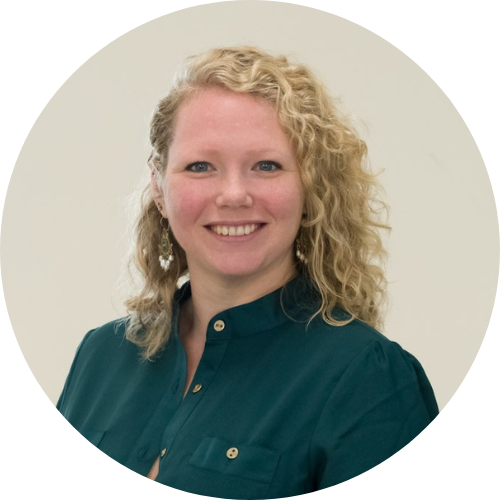
Digital Preservation Services
Digital collections are growing—and so are the challenges of preserving and managing them. Whether you're just starting to digitize your materials or looking to strengthen your existing systems, CCAHA’s Digital Preservation Services can help. We offer expert, practical support to make your collections accessible, secure, and sustainable for the future.
It’s normal to feel overwhelmed, but with the right plan in place, you can confidently preserve digital materials for generations to come.
Digital Preservation Assessment
CCAHA’s Digital Preservation Assessment provides collecting organizations with a clear roadmap for preserving their digital collections now and into the future. Through this customized service, CCAHA’s Digital Archives Specialist works closely with your team to evaluate your current practices and recommend practical steps to strengthen digital preservation efforts.
This service looks at the full lifecycle of your digital materials, whether they are scanned from physical items or born-digital, like emails, photographs, or documents created on a computer.
What’s Included:
- A pre-visit questionnaire that focuses on your goals for digital collections and long-term access
- A half- or full-day site visit to see your setup and talk with staff, volunteers, and board members
- A review of your current resources, including staffing, training, and budget
- An evaluation of your policies and workflows around digitization, access, copyright, and disaster planning
- An assessment of your technical tools, including file formats, metadata, and storage systems
- A follow-up meeting six months after receiving the report, to discuss any plans to implement report recommendations
You’ll receive a clear, detailed report with tailored recommendations to help you improve your digital preservation practices. This document can also support grant applications or help you make the case for more staff, better software tools, or improved systems. CCAHA will also help you to connect these recommendations to your larger organizational goals, so your digital preservation efforts become part of your long-term strategy.
Digitization Plan
Thinking about digitizing your collection, but not sure where to start? Digitization isn’t just about creating digital files; it’s about making sure your collections are preserved and accessible for the long term.
Digital public access can be essential for widening your collections’ usage. Putting your collections online opens the door for researchers, students, and the public to engage with your content in new and meaningful ways. In fact, a 2013 study found that historic newspapers that had been digitized and made available online were cited 10 times more than similar newspapers that were not available online.[1]
CCAHA’s Digitization Plan service is designed to guide you through the entire process, whether you’re just starting out or trying to improve your existing digitization efforts. CCAHA’s Digital Archives Specialist will work with your organization to create a customized, practical plan tailored to your collection and your goals. During the plan creation process, CCAHA staff will guide your organization through policy development, including a larger discussion of public access and designated community. The final document will include a practical, step-by-step guide for digitizing a pilot collection and a flexible framework for future digitization endeavors.
The Digitization Plan service includes:
- Help establishing policies and priorities, such as what to digitize first and why
- Training on how to prepare and handle fragile materials safely during digitization
- Recommendations for selecting equipment and setting up an imaging station
- Step-by-step workflows to make your digitization process consistent and efficient, with built-in quality control
- Advice on file formats, standards, and naming conventions
- Guidance on how to create and manage metadata, including the use of controlled vocabularies and metadata schemas
- A big-picture look at public access, including who your users are and how they’ll find and use your digital content
[1] Milligan, I. (December 2013). Illusionary order: Online databases, Optical Character Recognition, and Canadian history, 1997-2010. Canadian Historical Review, 94(4), 540–569.
Click here to read a case study about a recent digitization plan project CCAHA undertook.
Ready to start a pilot project at your organization?
You can schedule a free 30-minute introductory meeting here to discuss your digitization project or digital preservation initiative and how CCAHA could assist you.
Contact Us
 Kaitlyn Pettengill
Kaitlyn Pettengill
Digital Archives Specialist
kpettengill@ccaha.org
215.545.0613 ext. 339


